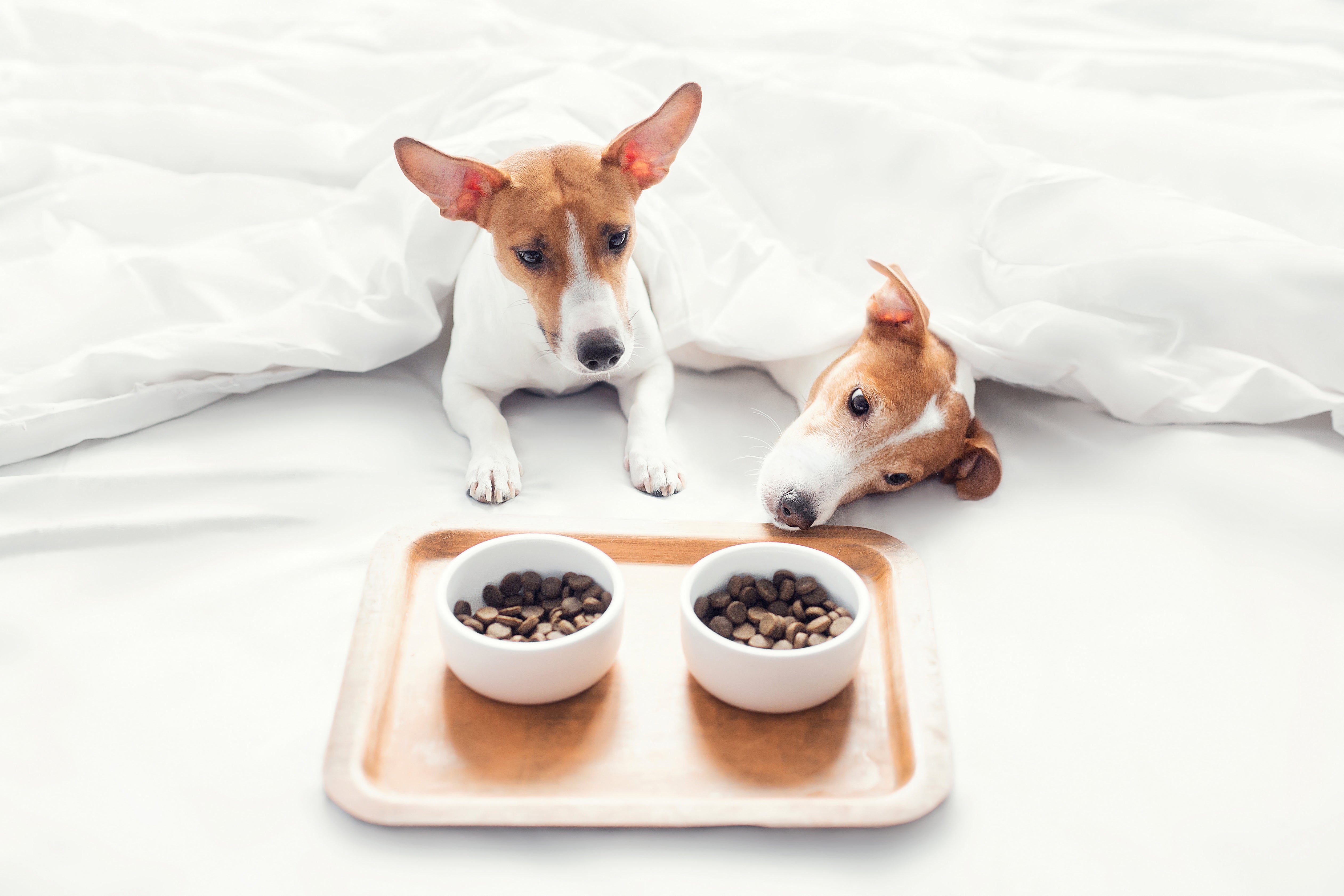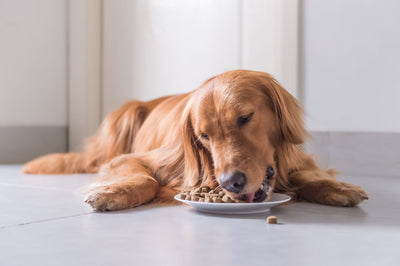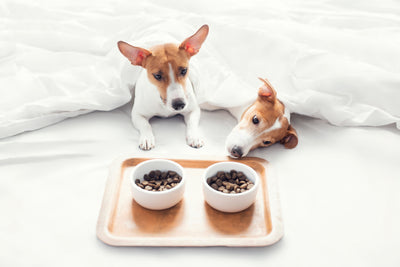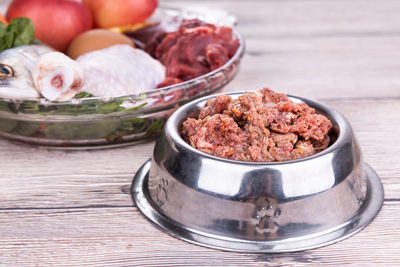The dog food question of the century: "Should my dog have grains in their diet?" Before you attempt to answer this question it is important to understand each choice and why it may or may not benefit your individual dog. Let us break down the differences between the two.
Grain-Free Diet:
Grain-free diets excludes all grains and grain-derived ingredients, such as: corn, wheat, rice, oats, barley, rye, soy, etc. They instead replace those ingredients with things like peas, lentils, sweet potato, chickpeas, quinoa, etc.
Why Feed a Grain-Free Diet?
- Reduce/Eliminate Allergy Symptoms
- Many pets experience grain allergies that can present itself as chronic itching, excess shedding, excessive gas, loose stool, constipation, and/or frequent infections. By eliminating the source of allergen in their diet, most pet parents notice a major change in their pets overall well being.
- Easier Digestibility
- Both dogs and cats have digestive tracts that are better designed to break down animal fat and animal protein rather than plant-based molecules such as starches. With that said, grains can pose a “digestive hurdle” for pets that have more sensitive stomachs.
- Encourage Weight Gain/ Active Dogs
- Grain free diets will naturally be higher in animal-based protein and fats. This will in turn help “bulk” up pets who need those extra calories and amino acids. This is also an optimal diet for active pets who burn through calories quickly and can benefit from a stockpile of nutrient dense calories.
Grain Inclusive Diet:
Grain inclusive diets will include grains such as: corn, wheat, rice, oats, barley, rye, soy, etc. They can also include grain-derived ingredients such as meals and middlings, as well as other non-grain carbohydrates.
Why Feed a Grain Inclusive Diet?
- Less-Active Dogs
- Pets who are not considered “active”, or are overweight, do not always thrive on a protein rich grain-free diet. In that case, a quality grain inclusive diet that is lower in protein and fat might be more beneficial to them.
- Recovery from an Upset Tummy
- Occasionally our pets get into something they should not have or come down with tummy issues (loose stool, vomiting, etc.). In this case, a quality grain inclusive diet could be beneficial. Grains will add in soluble fiber to their diet to firm up their stool. The lower protein levels in a grain inclusive diet can give the stomach time to recover and re-regulate.
- Cost-Effectiveness
- Typically, grain inclusive diets will be lower in cost than their grain-free counterparts. This is because grains can be inexpensively sourced as compared to non-grain ingredients that are used as substitute in grain-free diets. Examples of this would be swapping brown rice for lentils, lentils will be significantly more expensive than brown rice, therefore increasing the cost.
Rotating
Do not be afraid to rotate between the two options of grain-free and grain inclusive. If your pet does not suffer from grain allergies or a severely sensitive stomach, then feel free to transition them between different foods, some with and some without grains. Rotating has many benefits:
- Reduced risks of food related allergies.
- Reduced pickiness.
- Greater variety of nutrients.
- Opens-up options in case your “go-to” food is not available.
So, Which One is Right for My Pet?
Every pet is different, and each will require uniquely different dietary needs. It is important to understand what is needed to enable your pet’s well being. At the end of the day wholesome nutrition is what is important. Whether you decide grain-free is right for you pet, or if you believe grain inclusive seems the way to go, always try to choose a formula with minimally processed ingredients, the protein source high up on the ingredient list, and a reputable brand you can trust. At the end of the day we all have one common goal: for our pets to thrive, and nutrition plays a huge part in making that goal possible.






